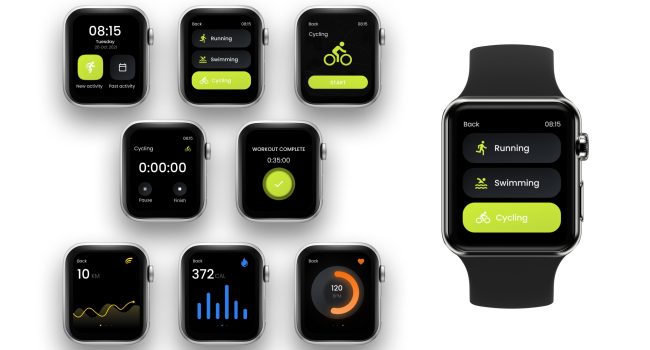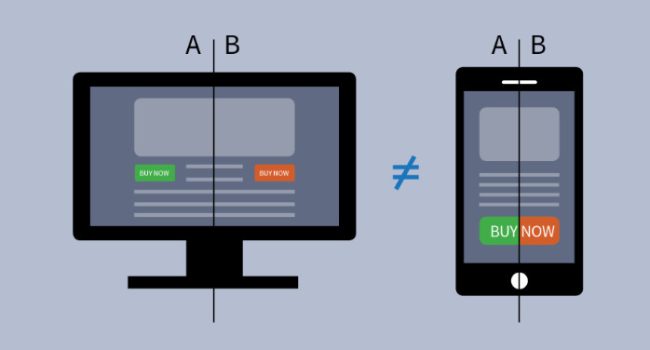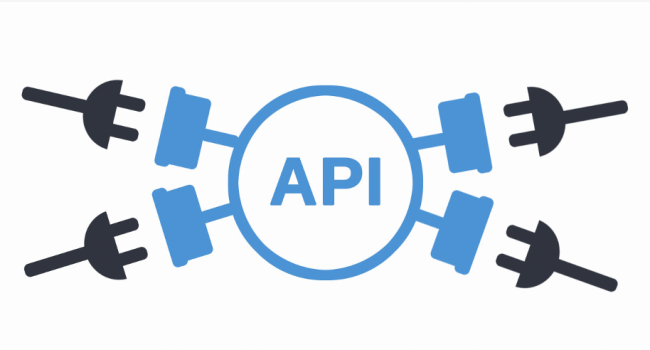Businesses have mountains of data stacked up on them. It sits around gathering dust and is frequently underutilized; business executives aren’t even aware that it has the potential to be profitable.
The idea of API as a product allows for the monetization of digital assets and the multiplication of opportunities (or API as a service). Application programming interfaces have long connected company ecosystems and created new revenue sources, going beyond simple technological utilities.
Although most businesses are aware of the potential value that APIs may offer, they often find it difficult to access it.
API characteristics to distance your product from the rest of the pack
One of the distinctive features of API products is that they serve two audiences: developers who are using your API to enhance their applications, as well as end consumers of those applications.
As a result, the success of your API depends on your capacity to establish a product that developers choose to use and convince potential partners of its benefits.
Which type of API, then, becomes the most popular choice?
Easy-to-use
Developers desire a fuss-free API integration. People will experience that “aha” moment more quickly if it is simpler to use, with features like smart defaults and endpoint names that make sense. What happens if they don’t? They might just decide to use the product of your rival instead.
Two good examples of web APIs that are simple to use are Twilio and the Google Maps API. Their actions are often carried out by straightforward HTTP requests, and their endpoints are rationally organized.
Safe
Ensuring the security of your API is crucial for safeguarding the confidential information that users entrust to you and for maintaining compliance with legal regulations. A secure API helps to minimize the headaches of breaches and outages, which can cost you big dollars.
Substantiated
No matter how powerful your API is, it won’t matter much if developers don’t comprehend how it operates. Developers will be encouraged to use and suggest your API if it has comprehensive, easily readable documentation that describes functions, classes, return types, parameters, and so on.
Use-case scenarios, interactive code samples, SDKs, and comprehensive tutorials all support good API description.
Consider Spotify API as an example. Its well-structured documentation offers an interactive console where developers may practice making API calls and observe the results in real time, in addition to detailed descriptions of each endpoint and its parameters. Developers may manage integration more skillfully and reduce the likelihood of misuse with this ideal combination of useful tools and step-by-step advice.
Reliable
Regardless of the volume of requests—one from a single user or a thousand—reliable APIs never falter. APIs remain accessible and function reliably even when they are under a lot of strain, which might be caused by a growing user base, seasonal surges in traffic, or deliberate overload attempts.
Developing a dependable and efficient product involves, but is not restricted to, putting the following into practice:
- sophisticated load balancing to split traffic among several servers and data centres;
- extensive caching techniques to lower latency; and an API infrastructure that automatically allots more resources to accommodate the load without human intervention.
For example, the infrastructure of the Google Maps API offers near-perfect uptime, rapid response times, and global availability because of sophisticated scaling and load balancing technology.
API product vs. API project mindset: detailed comparison
Your perspective on APIs can have a significant impact. You won’t succeed if you have a project mindset and treat them as merely afterthoughts. However, the likelihood of creating revenue-generating powerhouses increases when you view them as independent goods.
Let’s go back to the days of Stripe. They made significant early investments in a customer-centric strategy. Actually, the only thing they sold was API. Treating Stripe API as a product helped the company fulfil technical and business goals. Thanks to a fantastic API that developers like, Stripe is currently among the best payment processing providers available.
What holds companies back from drawing on the value of API products?
All of this data is ours. However, monetizing APIs? It has presented a challenge.
Among our clients, these worries are by no means uncommon. Although the hesitancy and uncertainty affect several aspects of API product development, data security is the area where they are most felt. Almost everyone thinking about APIs, regardless of perspective, has this on their minds.
Due to essentially the same gears in the wheel, both a major SaaS firm looking to offer chances to build APIs upon their platform and an automobile behemoth considering opening up their APIs to specific vendors struggle to put an effective plan into motion.
User data at risk
There are security incidents that even the most accomplished API-first CEOs cannot avoid.
Inadequate user authentication, authorization, or access control is the top API security risk, according to industry surveys and conversations with CTOs and Chief Enterprise Architects. Complete data protection becomes less certain when faced with additional challenges such DoS and DDoS attacks, data overexposure, flawed business logic, and inadequate rate restrictions.
However, despite the multitude of risks, data can still be safeguarded by employing meticulous security strategies such as:
- Putting strong authorisation and authentication procedures in place. Employ transport layer encryption (TLS) in conjunction with multi-factor authentication, adhere to authentication protocols such as OAuth/OpenID Connect, etc.
- Making sure access control is fine-graded. Role-based or attribute-based access controls allow you to control the actions that specific users are permitted to take. Make sure that API keys and tokens are rotated on a regular basis, preferably every ninety days, if you grant access to the API through them.
- Putting in place rate-limiting techniques. A bug in the platform’s API rate restriction allowed bots to scrape over 15 million lines of data belonging to Trello users, including emails and complete names. To stop DoS and DDoS assaults, restrict the number of times a user from a single IP address can perform API calls in a specific amount of time (rate limiting) and throttle API answers once a predetermined threshold is reached (throttling). Thanks to robust rate restriction and DDoS protection, tools like CloudFlare help defend against bots, their brute-force login attempts, and other API abuse.
- Data encryption using the most recent security techniques. HTTPS security should be used for all API communications. Given that HTTPS is built on TLS, make sure you use the newest version (currently TLS 1.3), as older versions have flaws that attackers can exploit.
Reducing the exposure of data. Only the bare minimum of sensitive data should be tokenized and anonymized.
XR Studios skilled for developing API products
Many of the businesses we deal with are keen to develop unique APIs that exchange data with several partners, but often encounter challenges that they are unable to resolve independently. Assuming you’re similar to them and prepared to take the next step but still in need of professional engineering assistance to realize your idea, collaborate with professionals like XR Studios who possess the skills and practical knowledge necessary for developing end-to-end API products.






